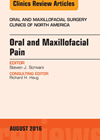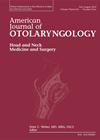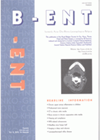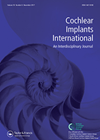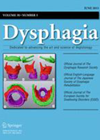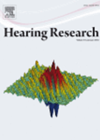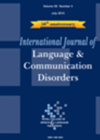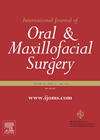
Journal Reviews archive for January 2017
Classification of maxillofacial pain
The patient that presents with oral and facial pain can prove a diagnostic conundrum. Whilst most often dental causes can explain the origin and help from our maxillofacial colleagues is warranted, it is useful to have a system for approaching...
Deep space neck infections – salivary gland as source is commoner in elderly patients
Whilst deep space neck infections (DNI) can originate from many sources, dental and salivary glands are commonly the culprit. This paper details 44 patients treated for deep space neck infections originating from salivary gland and compares them to a previously...
Pharyngocutaneous fistula after total laryngectomy
Pharyngocutaneous fistula (PCF) after total laryngectomy is a serious complication post-surgery, and can lead to prolonged hospitalisation, adding delays in postoperative chemoradiotherapy. This Turkish retrospective study looked at 166 patients who underwent total laryngectomy for laryngeal cancer, although it is...
Which technique is better for cholesteatoma surgery?
There continues to be debate over the benefits and limitations of different techniques for cholesteatoma surgery. This retrospective review of 132 cases over a 10 year period with primary cholesteatoma from Turkey tried to establish which technique [canal wall up...
A new modified double-flap technique for cochlear implant surgery
The authors retrospectively assessed 342 implantees with a minimum of five years’ follow-up who had been implanted using a lazy S-shaped post auricular incision with a modified double-flap technique. From the notes, postoperative wound complications and any other adverse events...
Which factors affect music involvement in implanted children’s everyday life?
During the last few years, cochlear implantation research has included music. Processing strategies and rehabilitation teams are now interested in music appreciation by implantees, as speech perception and production are no longer the only issues or targets. The present study...
Does post-meningitic cochlear obliteration affect impedance and charge of the implant?
Implantation in children deafened by meningitis may be very challenging due to obliteration or ossification of the cochlea. This study aimed to assess impedance values and charge consumption in such cases and evaluate if they are affected by the degree...
Does trainee participation in cochlear implant surgery affect operative times?
The role of surgical education is a very sensitive issue in spite of the obvious need and the obligation of doctors to pass on their knowledge and experience to the next generation. This study is very interesting as it assesses...
Marshmallows for swallowing assessments!
The complaint of ‘food sticking in my throat’ is one many of us will have heard several times in clinical practice. The authors of this study report the prevalence of this symptom to be between 5-8% in the general population...
Role of cochlear implants in the management of incapacitating tinnitus in patients with unilateral hearing loss
This is an interesting paper on patients with unilateral hearing loss and incapacitating tinnitus. The present study was conducted on 23 patients who had a cochlear implant for unilateral hearing loss including patients with single sided deafness (SSD). Most of...
Quality of life measurement tools in children with speech and language difficulties
The authors of this paper reviewed various quality of life measurement tools which are used to assess the effects of speech and language difficulties in children and adolescents. Measuring quality of life outcomes in children with these difficulties is not...
Safe distances in the infratemporal fossa
This analysis from China involved 50 enhanced CT datasets to reconstruct the skull, internal carotid artery and the internal jugular vein. The anatomical routes of these vessels were related to the styloid process, height of the pterygoid plates, distance from...

